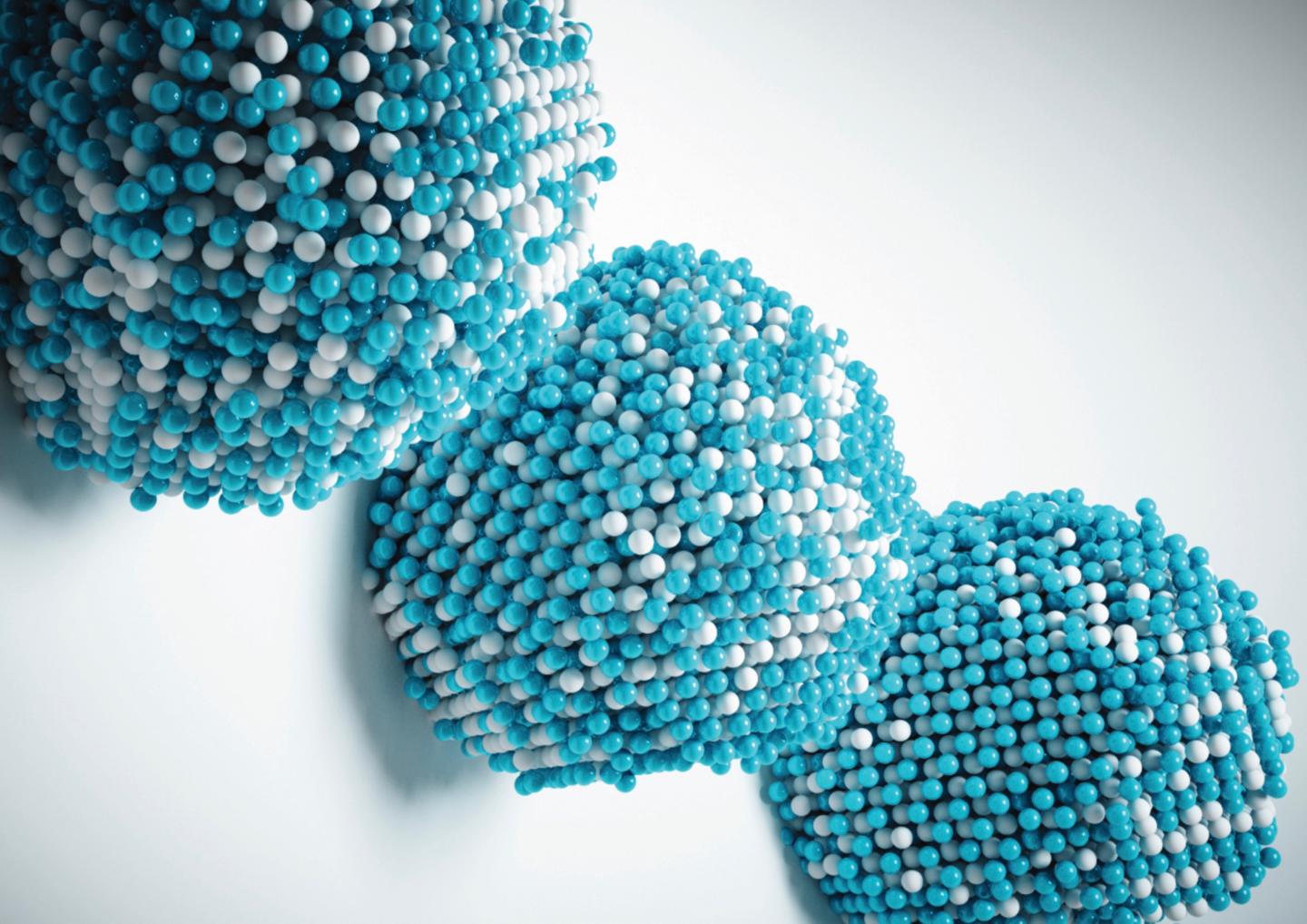
Credit: Alexander Tokarev/UCLA
A Frog Worth Kissing: Natural Defense Against Red Tide Toxin Found in Bullfrogs
By ALIYAH KOVNER
A team led by Berkeley Lab faculty biochemist Daniel Minor has discovered how a protein produced by bullfrogs binds to and inhibits the action of saxitoxin, the deadly neurotoxin made by cyanobacteria and dinoflagellates that causes paralytic shellfish poisoning.
The findings, published this week in Science Advances, could lead to the first-ever antidote for the compound, which blocks nerve signaling in animal muscles, causing death by asphyxiation when consumed in sufficient quantities.
“Saxitoxin is among the most lethal natural poisons and is the only marine toxin that has been declared a chemical weapon,” said Minor, who is also a professor at the UCSF Cardiovascular Research Institute. About one thousand times more potent than cyanide, saxitoxin accumulates in tissues and can therefore work its way up the food chain – from the shellfish that eat the microbes to fish, turtles, marine mammals, and us.
Minor and his colleagues elucidated the mechanism of the protective protein, called saxiphilin, by mapping the atomic structure of free saxiphilin and saxitoxin-bound saxiphilin using high-resolution X-ray crystallography performed at Berkeley Lab’s Advanced Light Source.
“Climate change is making blooms of toxic algae more common,” said Minor. “Understanding how frogs have developed molecules that help them to resist toxic environments holds important lessons that could help us have a defense at the ready. “
To learn more about this research, read the full UCSF News Article
Scientists Capture Atomic Motion in 4D for the First Time
Adapted from a story by WAYNE LEWIS
Everyday transitions from one state of matter to another – such as freezing, melting, or evaporation – start with a process called “nucleation,” in which tiny clusters of atoms or molecules (called “nuclei”) begin to coalesce. Nucleation plays a critical role in circumstances as diverse as the formation of clouds and the onset of neurodegenerative disease.
Scientists have gained a never-before-seen view of nucleation – capturing how the atoms rearrange at 4D atomic resolution (that is, in three dimensions of space and across time). The findings, published in the journal Nature, differ from predictions based on the classical theory of nucleation that has long appeared in textbooks.
The UCLA-led team, which includes collaborators from Berkeley Lab, used a state-of-the-art electron microscope located at the Molecular Foundry. In much the same way a CAT scan generates a 3D X-ray of the human body, atomic electron tomography uses electrons to create stunning 3D images of atoms within a material as the sample is rotated under the microscope.
“Nucleation is basically an unsolved problem in many fields,” said co-author Peter Ercius, a staff scientist at Berkeley Lab’s Molecular Foundry. “Once you can image something, you can start to think about how to control it.”
Scientists Find a Molecular Switch for Better Biofuels
Adapted from a story by ANNE STARK
Plant cell walls contain a renewable, nearly-limitless supply of sugar that can be used as a carbon source for microbe-based chemical and biofuel production. However, retrieving these sugars isn’t all that easy.
Imidazolium ionic liquid (IIL) solvents are some of the best agents for extracting sugars from plants. But the sugars from IIL-treated biomass are inevitably contaminated with residual IILs that inhibit growth in bacteria and yeast, blocking biochemical production by these organisms.
Lawrence Livermore National Laboratory (LLNL) scientists and collaborators at the Joint BioEnergy Institute have identified a molecular mechanism in bacteria that can be manipulated to promote IIL tolerance, and therefore overcome a key roadblock in biofuel and biochemical production processes. The research appears in the Journal of Bacteriology.
According to lead author and LLNL biologist Michael Thelen, the team discovered that two bacillus strains and one mutant E. coli strain can withstand high levels of two widely used IILs thanks to special membrane pumps that transport the toxic solvents out of cells.
“Our results demonstrate the critical roles that transporter genes and their genetic controls play in IIL tolerance in their native bacterial hosts,” Thelen said. “This is another step toward engineering IIL tolerance into industrial strains.”
Read the full release from LLNL
###
Media Contact
Aliyah Kovner
[email protected]




